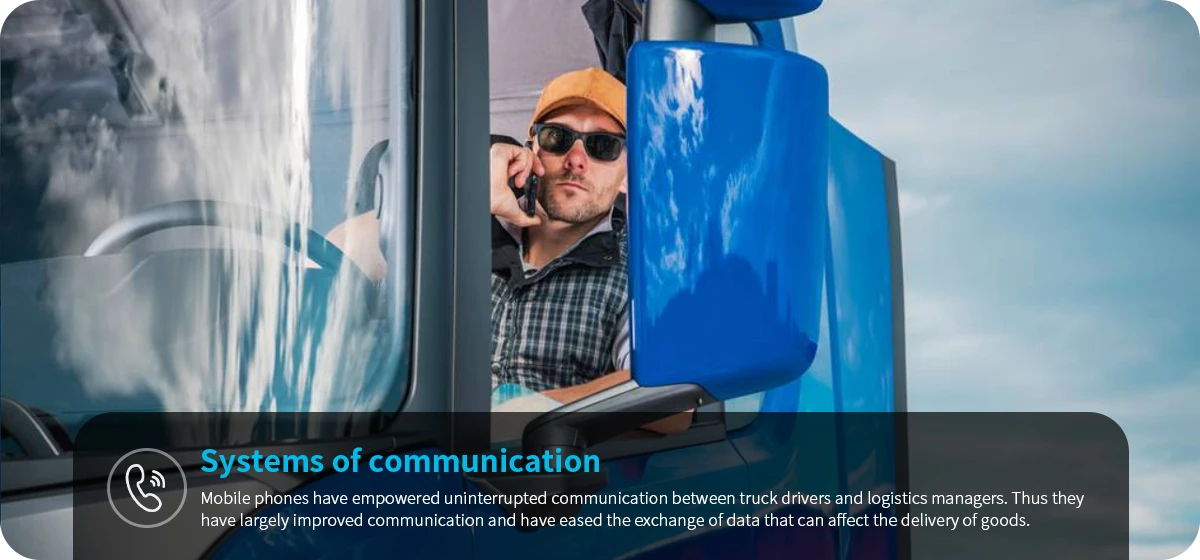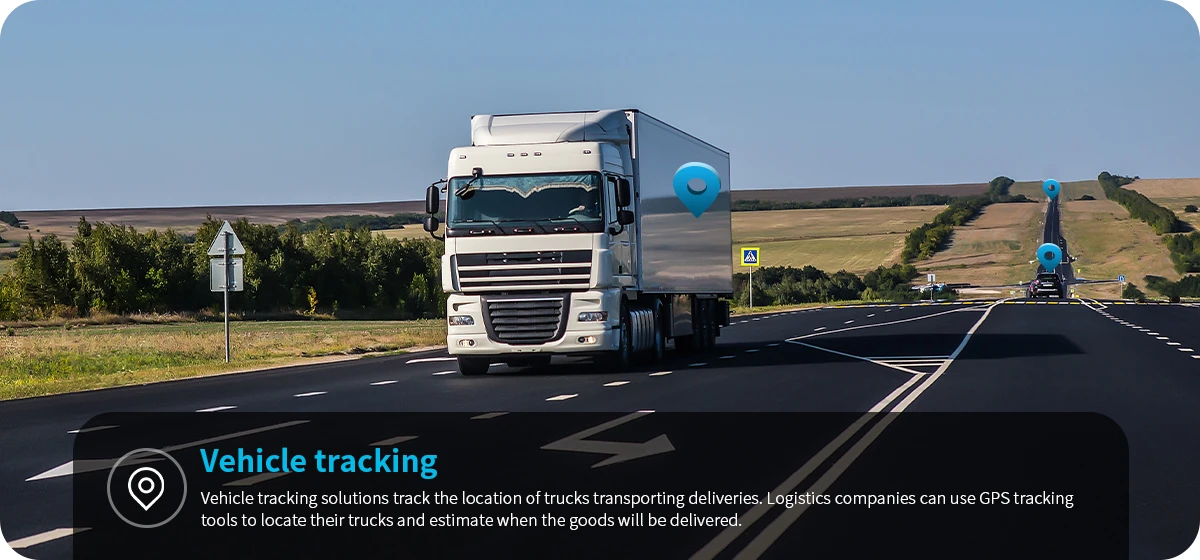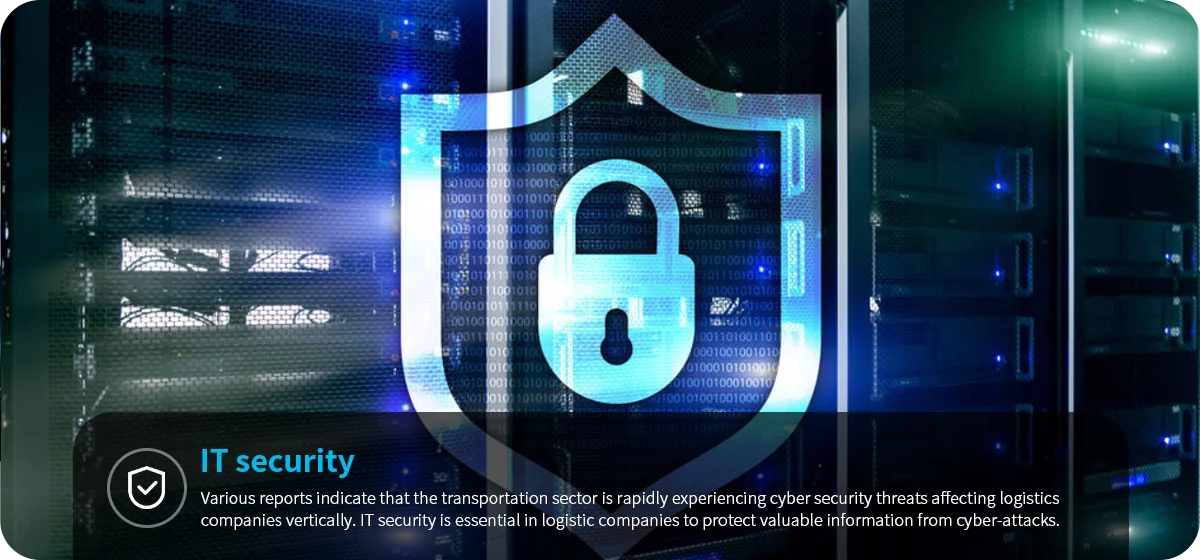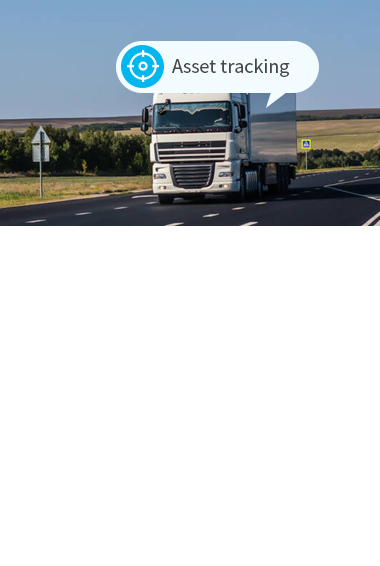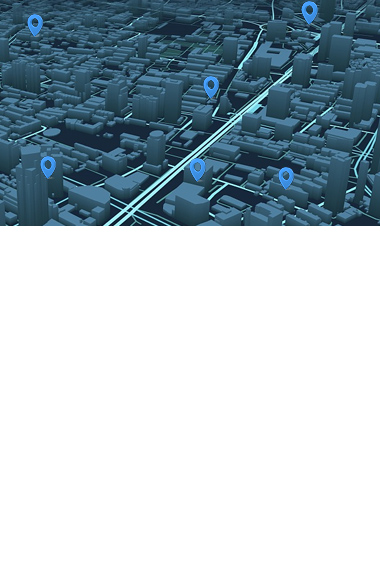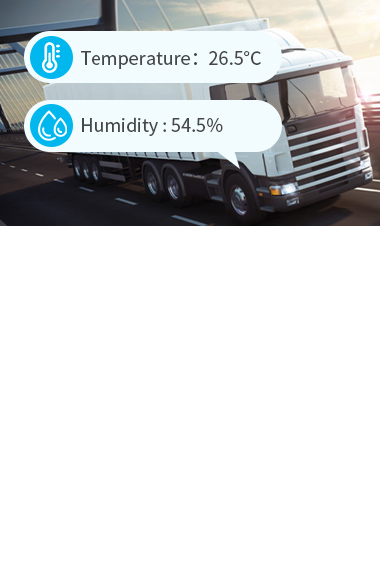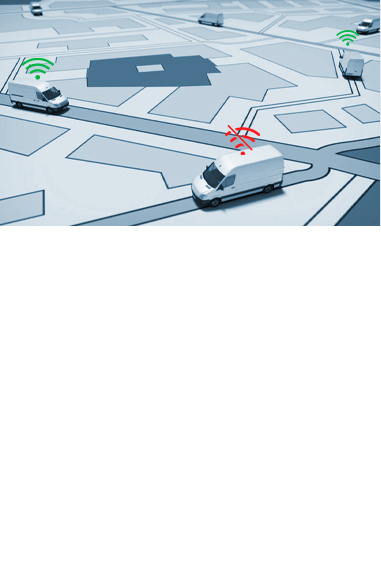- Prodotti
- Portachiavi H1 Beacon
- H3 Card Beacon
- Badge per pulsante H3
- Segnale RFID H5
- Badge RFID H5 ProNUOVO
- Faro per casco H7
- Targhetta per casco H7 LiteNUOVO
- Faro di posizionamento W3
- Segnalatore di posizione W3 Pro
- Segnalatore luminoso del braccialetto W6
- Pulsante antipanico B1
- Badge intelligente B2NUOVO
- B3 Pulsante di emergenzaNUOVO
- Targhetta identificativa H8NUOVO
- Soluzioni
Soluzioni
Sfrutta la potenza dell'IoT con le nostre soluzioni intelligenti. Innova e trasforma più rapidamente con la nostra competenza leader nell'IoT.
- applicazioni
applicazioni
Innovare senza limiti. Dai vita alla tua visione IoT più audace con le nostre versatili applicazioni.
- Servizi
Servizi
Collabora con noi per il successo. I nostri servizi eccezionali offrono risultati e valore per clienti e partner.
- risorse
risorse
Potenzia il tuo viaggio IoT. Intuizioni di esperti, Notizie & Eventi, documentazione – trovare la nostra ricchezza di risorse.
- Di
Perché MOKO
La scelta intelligente per l'innovazione IoT. La nostra esperienza e la nostra tecnologia sono all'avanguardia.
- Contatto
- Prodotti
- Bluetooth Beacon
- Tag di tracciamento delle risorse
- Tag di sicurezza del personale
- B3 Pulsante di emergenza intelligente
- Portachiavi H1 Beacon
- H3 Card Beacon
- Badge per pulsante H3
- Segnale RFID H5
- Badge RFID H5 Pro
- Faro per casco H7
- Targhetta per casco H7 Lite
- Faro di posizionamento W3
- Segnalatore di posizione W3 Pro
- Segnalatore luminoso del braccialetto W6
- Pulsante antipanico B1
- Badge intelligente B2
- Posizione di ancoraggio
- Sensori IoT
- Tracker IoT
- Moduli IoT
- Gateway IoT
- Spine intelligenti
- Bluetooth Beacon
- Soluzioni
- Posizione interna&Esterna
- Gestione del magazzino
- Monitoraggio della catena del freddo
- Ricarica di veicoli elettrici
- Monitoraggio delle risorse
- Monitoraggio della gestione della flotta
- Misurazione intelligente dell'energia
- Soluzione per dispositivi LoRaWAN
- Soluzione beacon Bluetooth
- Soluzione indossabile intelligente
- applicazioni
- Servizi
- risorse
- Di
- Contatto





